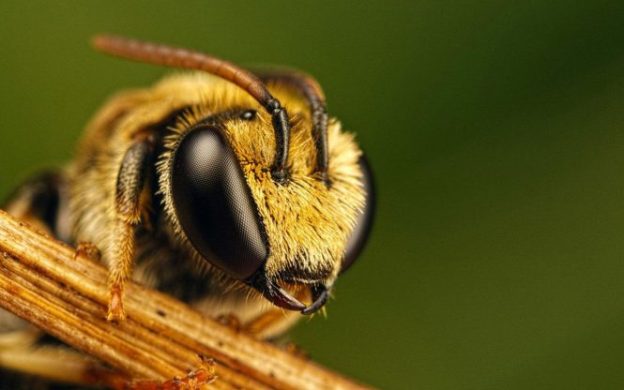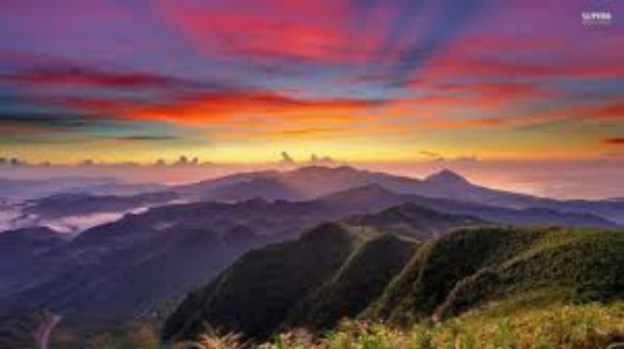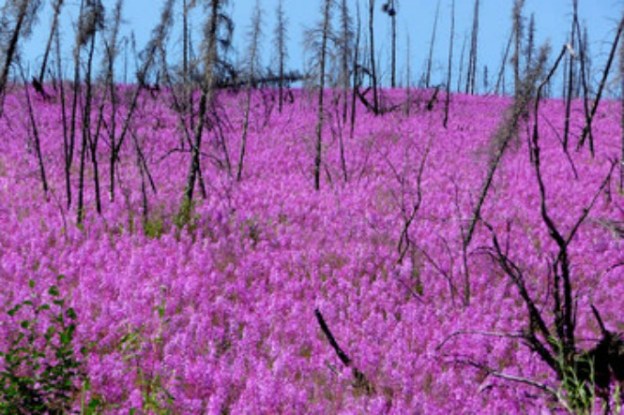The nymphs, spirits of woods and wild places, are among the minor figures of Greek myth. They lived in caves or trees, where wild bees and honey were also to be found, so it’s no surprise that a lot of bee lore relates to them.



The nymphs, spirits of woods and wild places, are among the minor figures of Greek myth. They lived in caves or trees, where wild bees and honey were also to be found, so it’s no surprise that a lot of bee lore relates to them.

A tablet in Linear B from Knossos reads:
To all the gods, honey
To the mistress of the labyrinth, honey.
The civilization at Knossos, on the island of Crete, preceded that of the Greeks. While it is hard to say exactly how much of the later Greek culture reflects that of the Cretans, both considered honey a gift worthy of the gods.

Hyperborea, and the Hyperboreans, seem to have had an enduring life among the ancient Greeks and Romans, even if they couldn’t always agree on where it was. It first intrigued me because of the story that Apollo went there every winter.

When I was young, I imagined the manna that fell from heaven as being some sort of bread, possibly akin to communion wafers. It made sense to my young, Catholic, self.
Much later in life, I had to rethink the nature of manna, because of two books. One was the Poetic Edda, and the other was The Hive by Bee Wilson (a very appropriate name). Wilson’s book talks mainly about honey from the hive, but she does mention manna or meli, as the ancient Greeks called it, which falls from ash trees.

Nantosuelta was a Gaulish goddess, although traces of her worship have turned up in Germany, Luxembourg and Britain. She can be identified by the little house that she often carries, which looks like a birdhouse on the end of a long pole.
No other deity carries it, so we always know it’s her when we see it. No one really knows what it is supposed to represent – perhaps she was a goddess of home and hearth?

This may seem like a strange topic for a post, but oddly enough I was inspired by yesterday’s post about the northern lights. If you didn’t read it, I’m from Labrador, in northern Canada, and while the aurora is always a little chancy, you can count on fireweed every summer.